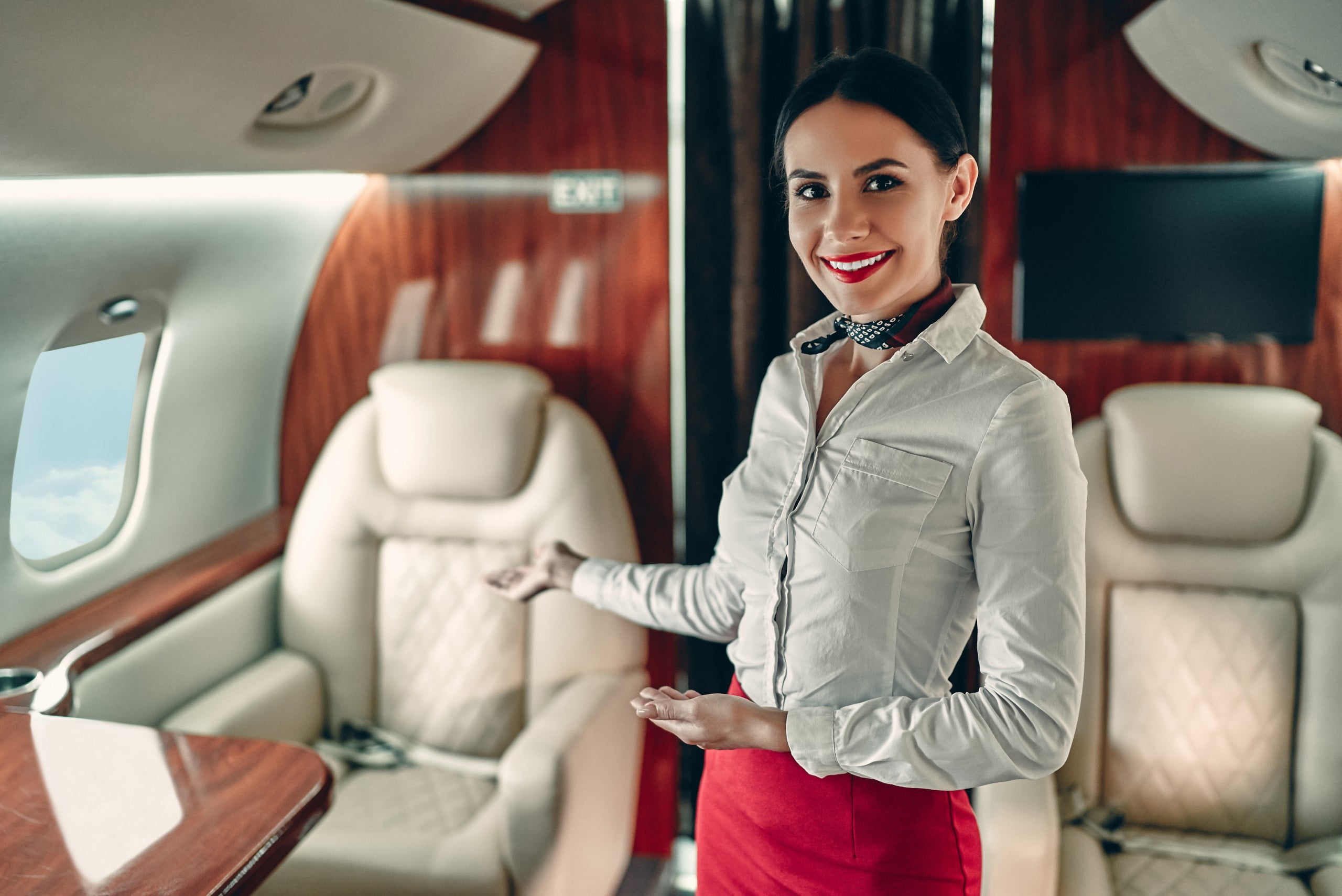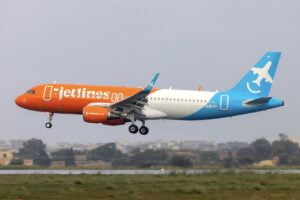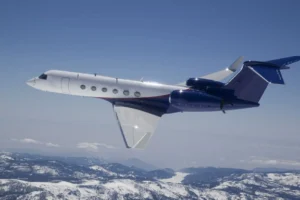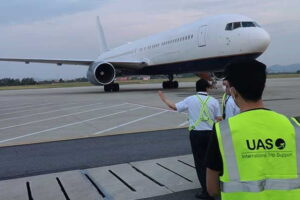
The Evolution of the Airline Cabin
We often choose an airline based on the extras they can offer us: aeroplanes with more legroom, a better assortment of films and a reputation for good food can often beat their rivals when it comes to selling tickets, regardless of small differences between prices.
However, this wasn’t always the case. We’ve charted the development of the domestic airline cabin, from its beginnings (without anything, even flight attendants!), to now, with in-flight entertainment, and enough home comforts to make us feel perfectly at ease.
Despite the first commercial flight taking off in 1910, the aeroplane’s interior was still extremely basic. There were no flight attendants until the late-1920s, and a mixture of the transportation’s newness, and very basic and slightly uncomfortable seating made air travel a fairly unpopular choice.
Nevertheless, as airlines grew, so did the need for comfortable flights. The 1930s and 40s saw a huge evolutionary leap: air cabins were pressurised, and had temperature control, along with sleeping berths and compartments for passengers, and even a dining room to mingle in! The advent of World War II saw air travel almost come to a halt, but even then, developments such as radio play and cocktail bars were implemented.
The biggest change came in the 1960s, when films were broadcasted on a regular basis, and cabins were upgraded to comfier seats and more refined entertainment choices. Airline cabins in the 1980s resembled what we know now, such as monitors on the back of seats, and the development of the first airbus.



